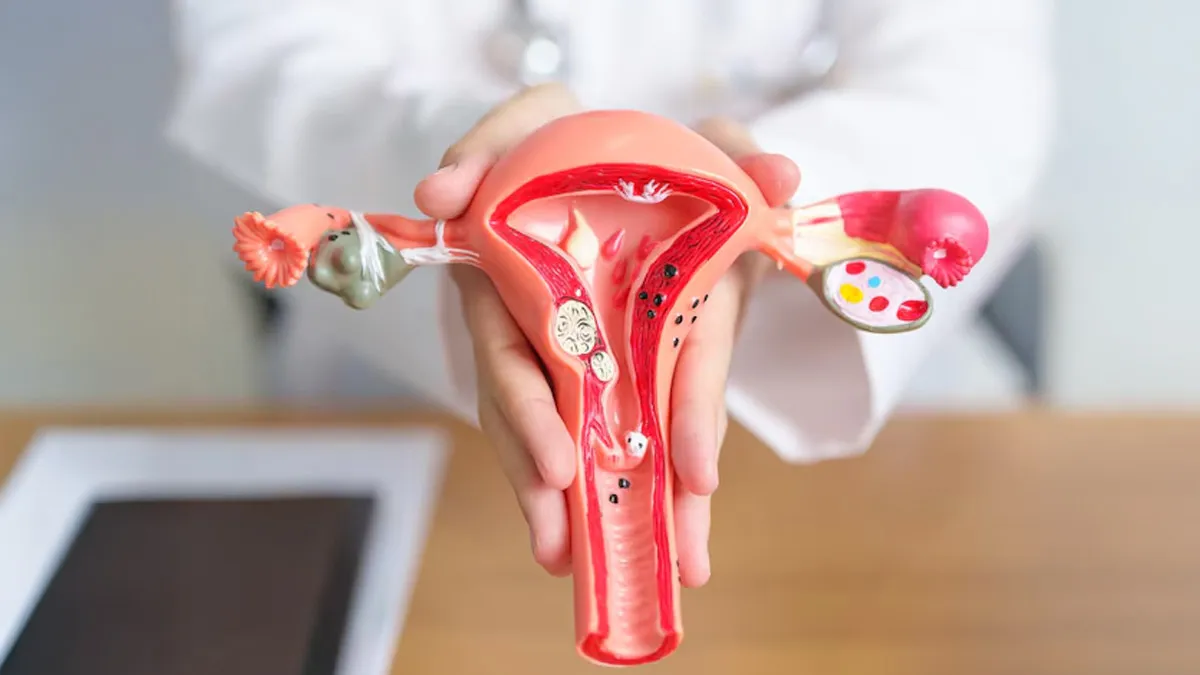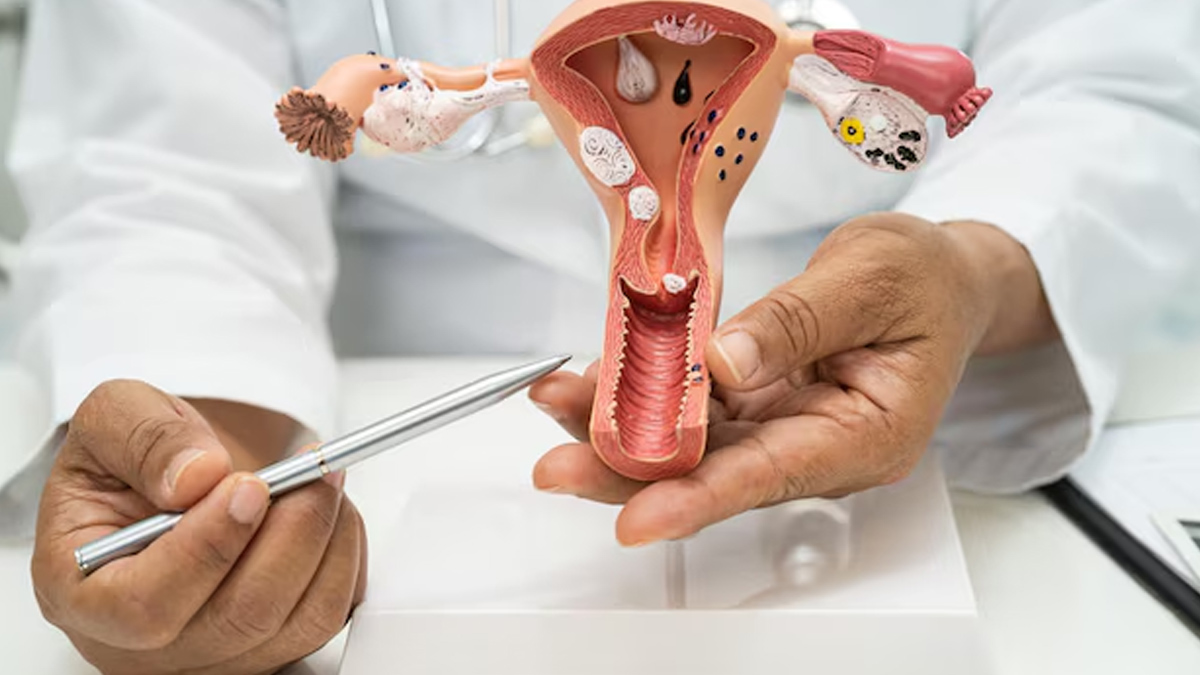
While implantation bleeding and a period may appear the same from afar, there are distinct differences in terms of timing, colour, intensity, and associated symptoms. Read ahead to know.
Most women get light bleeding and think it's the beginning of their period; however, it may be something different. One of the earliest indicators of pregnancy and easily confused with menstruation is implantation bleeding. While there are variations in timing, colour, length, and symptoms in which you may be able to distinguish, these similarities can also lead to complications when trying to detect pregnancy.
Table of Content:-
In an exclusive interaction with the editorial team of Onlymyhealth, our expert, Dr Suma Varsha, IVF Specialist at Ferty9 Fertility Centre, Vijayawada, helped us understand what implantation bleeding is, how it differs from a usual period, and what symptoms to look out for if you suspect you are pregnant. Here is what she shared with us.
What Is Implantation Bleeding?
Implantation bleeding takes place when an egg that has been fertilised implants itself into the lining of the uterus, usually 6 to 12 days after ovulation. This spotting is a result of minimal disturbance to the uterine lining, which typically occurs a few days before a woman's expected menstrual period. Due to the timing, many confuse it with the start of their menstrual cycle.
Also Read: Understanding Hot Flashes In Men: What Causes Them And Ways To Manage The Heat

How to Tell the Difference Between Implantation Bleeding and Period
One of the most common methods of identifying implantation bleeding from your period is timing. Implantation bleeding typically occurs around a week before the time of your expected period, while your period comes on a predictable monthly cycle, usually every 21 to 35 days.
The colour of the blood can be another indicator. Implantation spotting is usually light brown or light pink and typically very light, so light that it doesn't need a pad or tampon. Menstrual spotting usually begins lightly and soon becomes heavier, with a bright or dark red colour, and will last anywhere from three to seven days. Phases tend to include clots and must be used continually in sanitary items.
Implantation cramping is generally mild or even unnoticed. When it does appear, it is transient and not overwhelming. Menstrual cramps, on the other hand, are generally more severe and long-lasting. Other symptoms of a phase may include bloating, acne outbursts, mood swings, and a feeling of increased weight in the abdomen.
Implantation bleeding can be accompanied by other early pregnancy signs, including nausea, breast soreness, tiredness, or a more sensitive sense of smell. These can be additional indicators that the spotting you're noticing isn't a part of your normal cycle.

Could You Be Pregnant?
"If you spot that looks unusual from your normal menstrual cycle, particularly if it's earlier, brief, and paler in colour, it might just be implantation bleeding. Watch your body in the days that come. Are your breasts excessively tender? Do odours suddenly get on your nerves? Do you feel unusually tired? These may be little clues that you're pregnant," Dr Varsha highlighted.
The best method to ensure is by doing a pregnancy test, ideally a few days following cessation of bleeding. Early detection pregnancy tests exist and can frequently diagnose pregnancy before a missed period, although the greater the time, the greater the accuracy.
When to Seek Medical Advice
Though spotting may be typical, some symptoms require a trip to the physician. If bleeding lasts for longer than a few days, is heavier, or is linked with intense cramping or lightheadedness, seek a medical professional. It may be a symptom of an early miscarriage, an imbalance in hormones, or another condition like fibroids or polycystic ovary syndrome (PCOS).
Bottomline
While implantation bleeding and a period may look the same from afar, there are some distinct differences when it comes to timing, colour, intensity, and associated symptoms. Knowing what these differences are can help you better listen to your reproductive health. If you're not sure, take a pregnancy test or consult your doctor; early knowledge can be a lifesaver.
Also watch this video
How we keep this article up to date:
We work with experts and keep a close eye on the latest in health and wellness. Whenever there is a new research or helpful information, we update our articles with accurate and useful advice.
Current Version